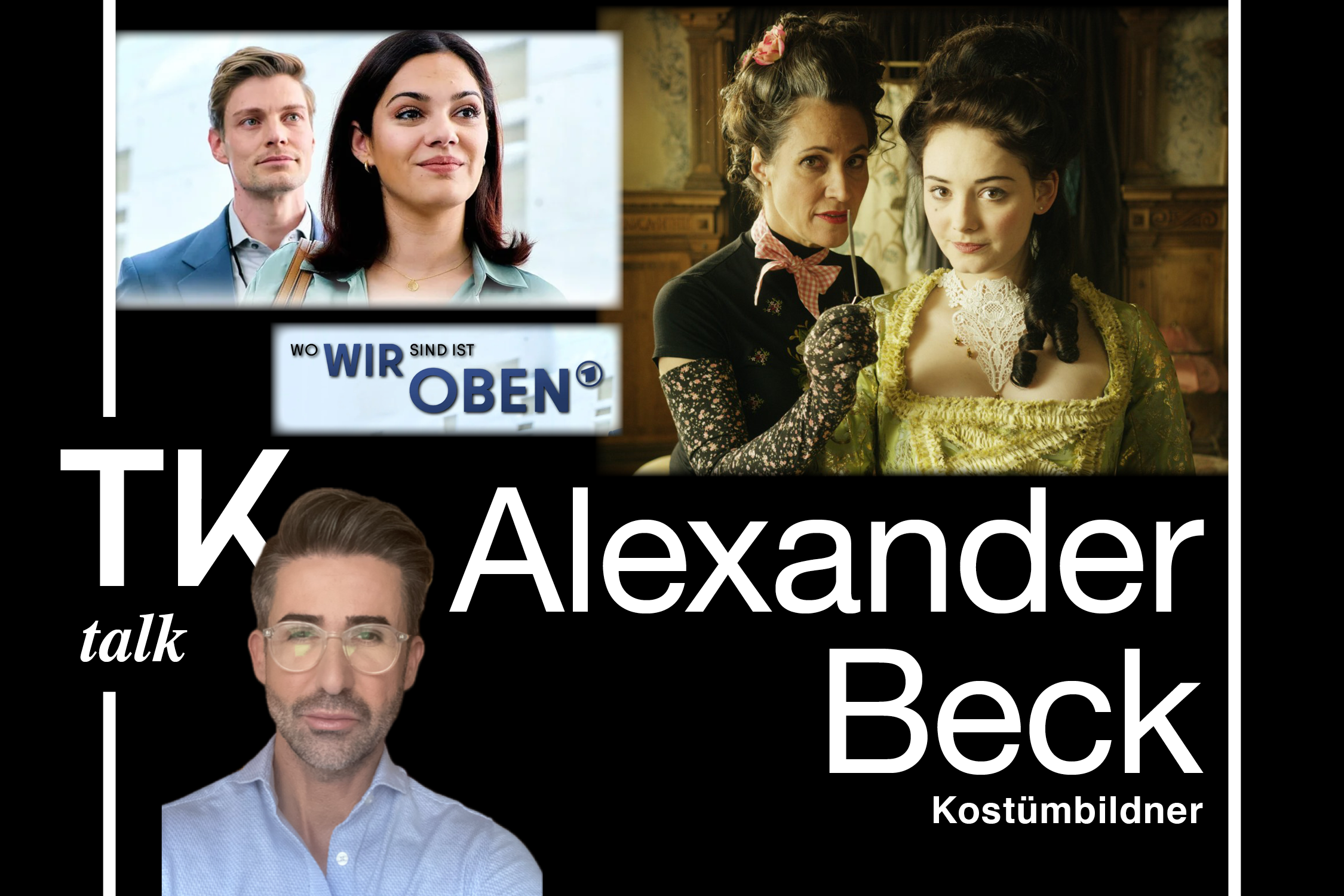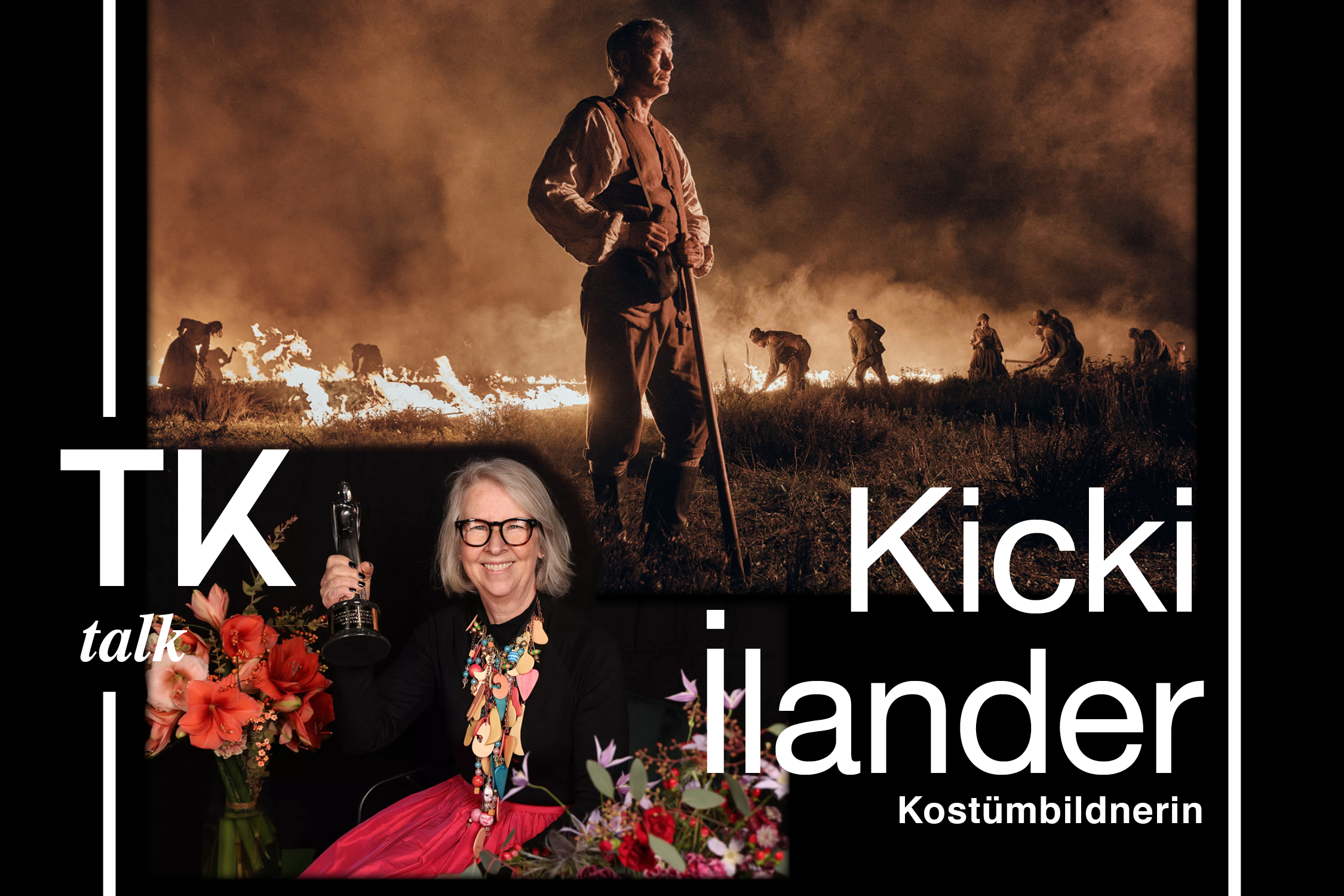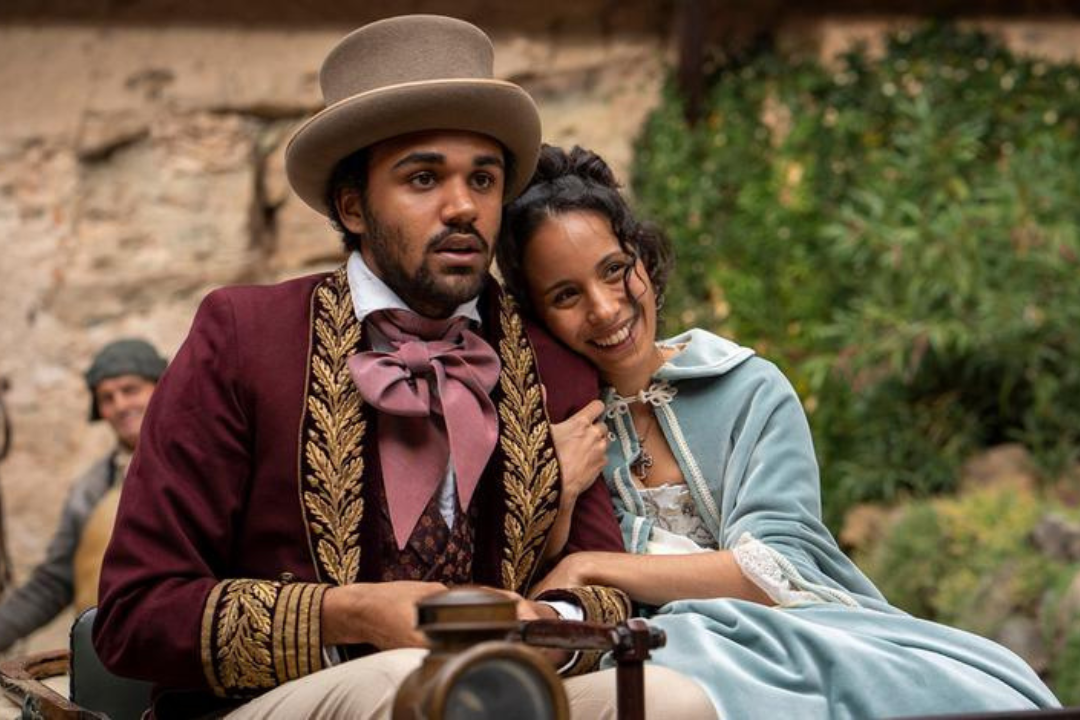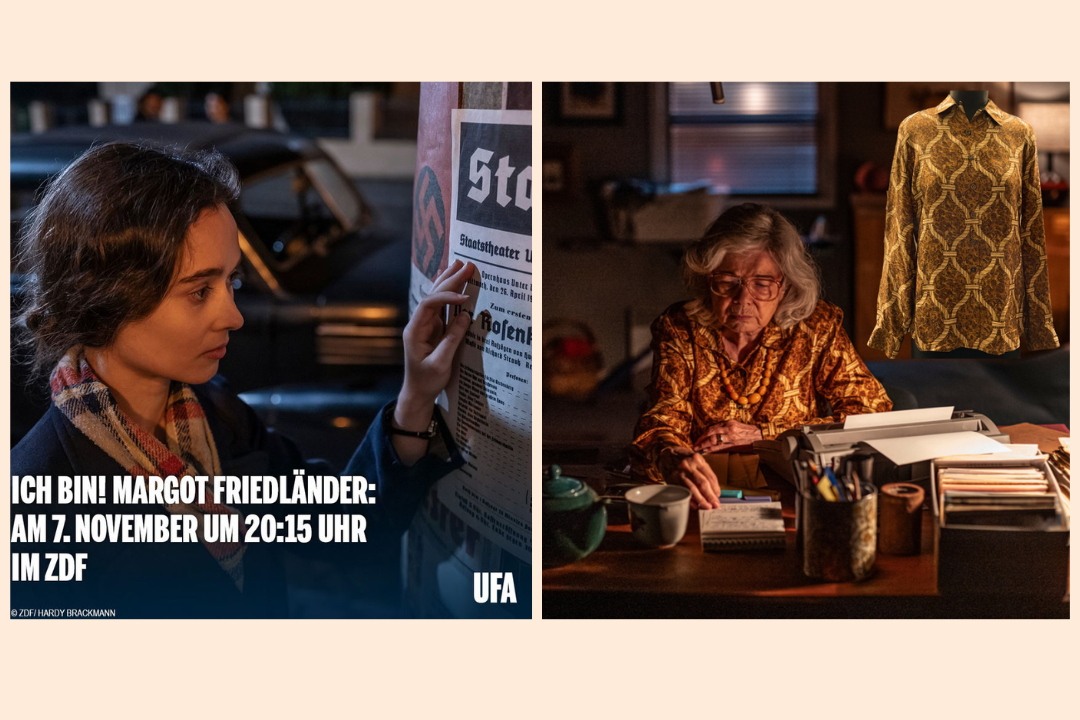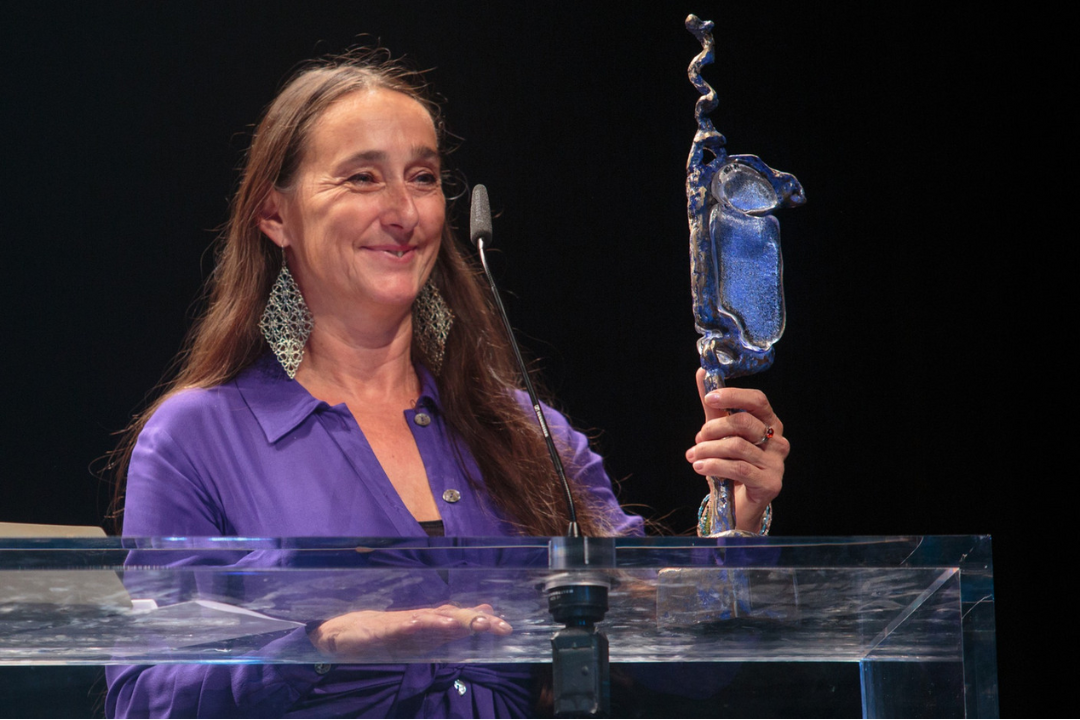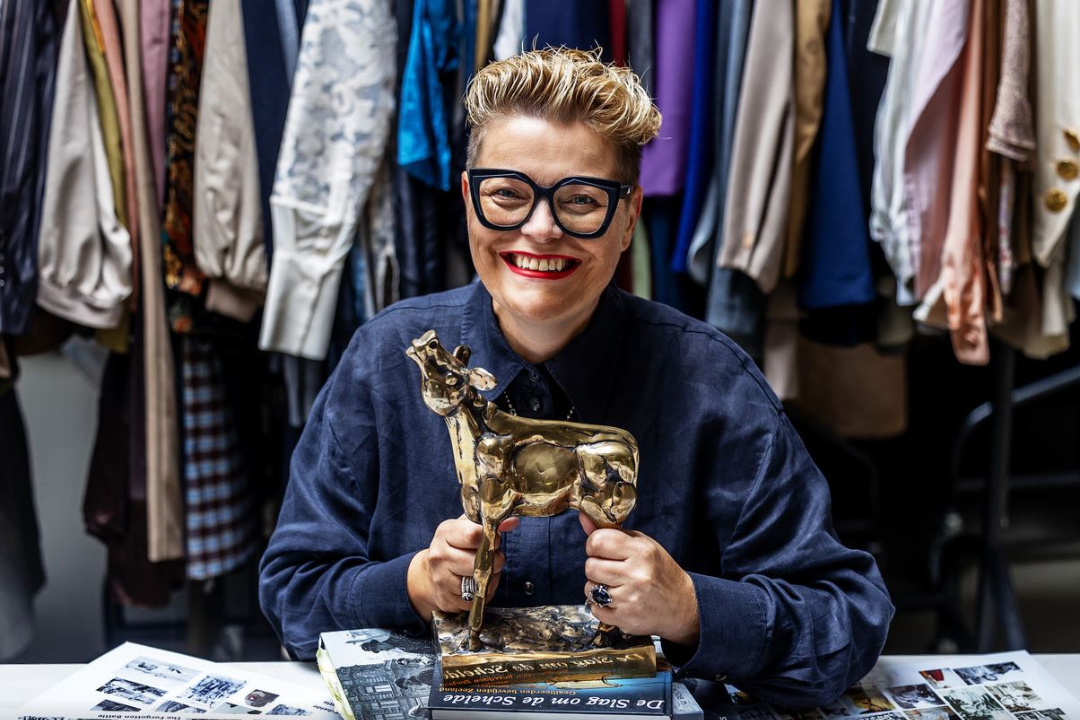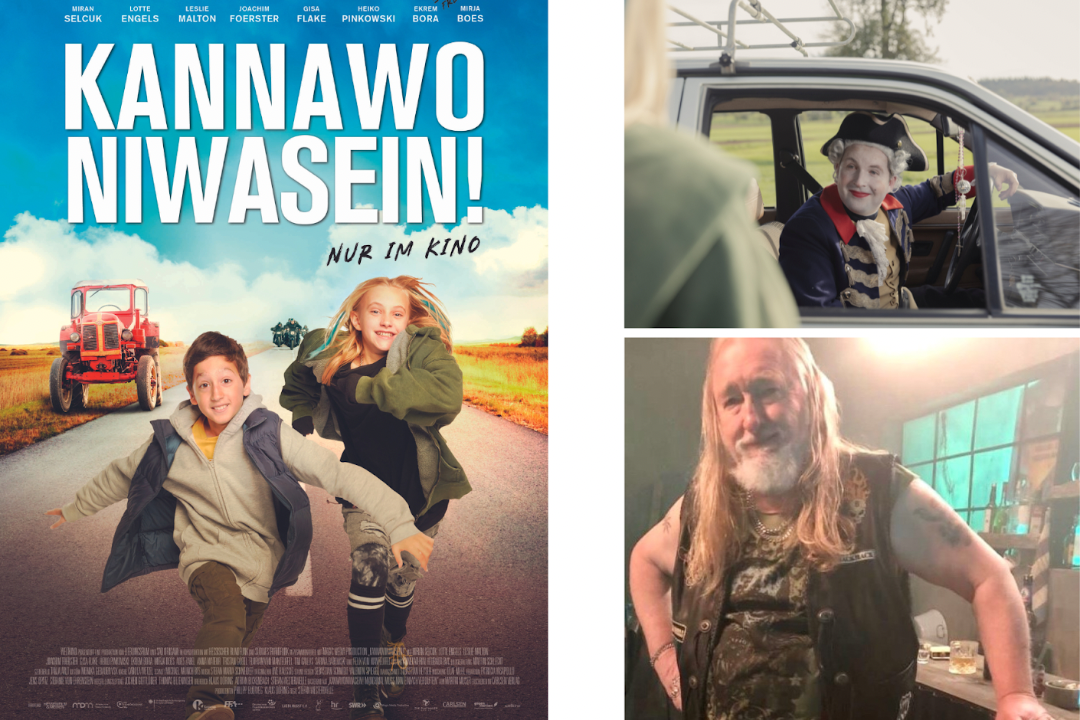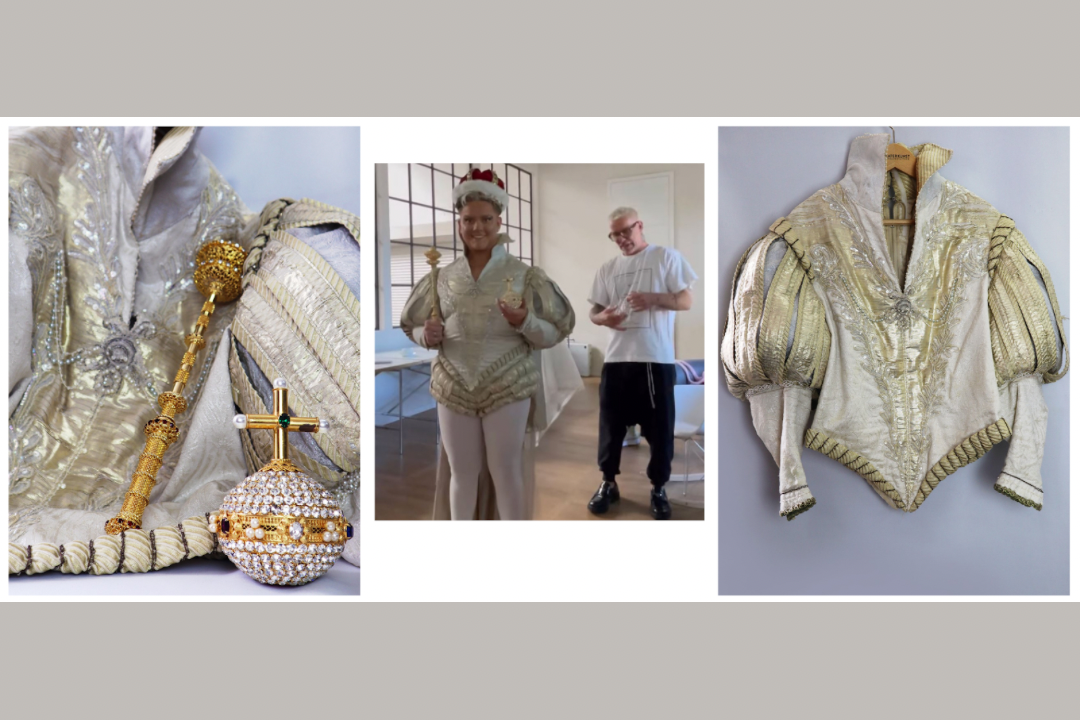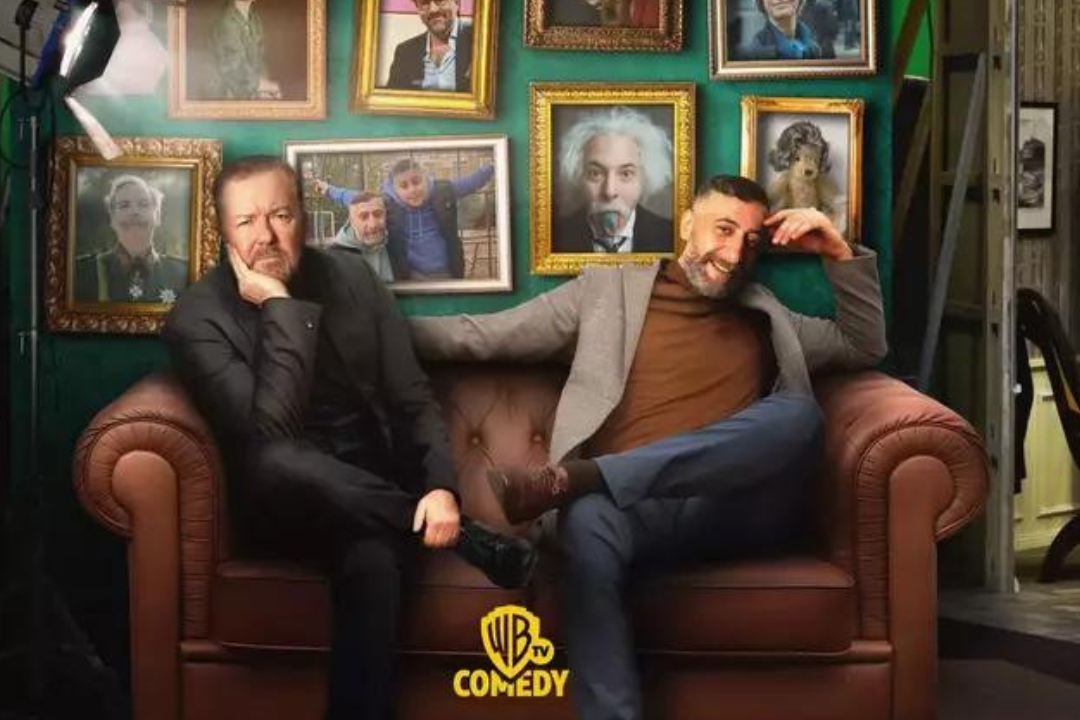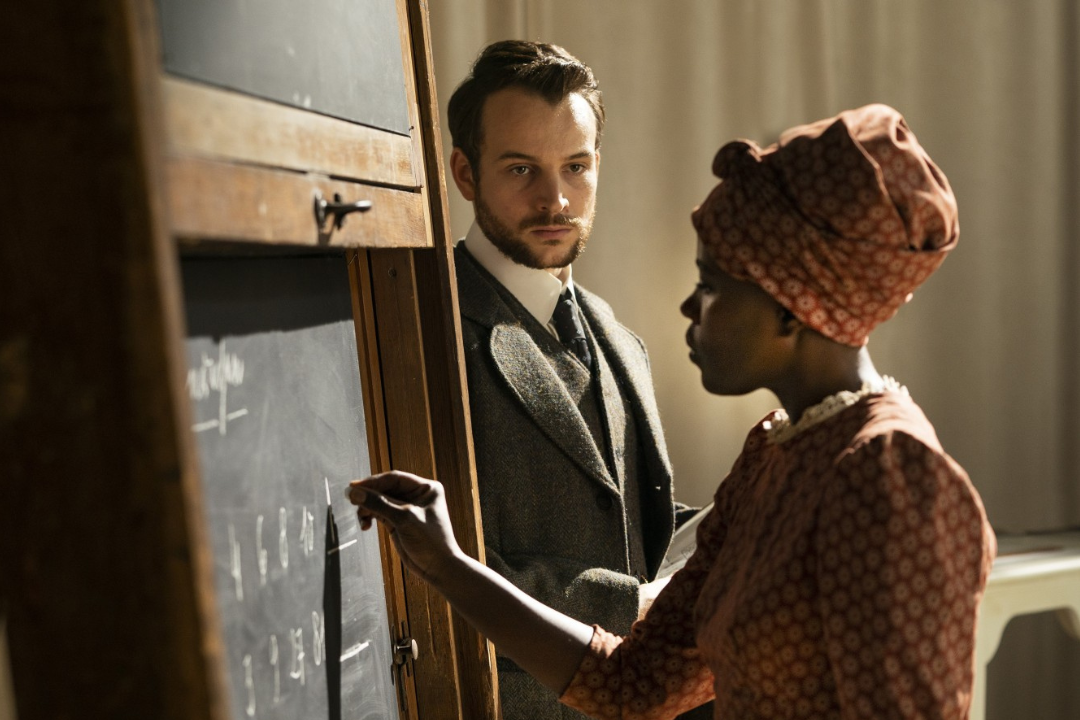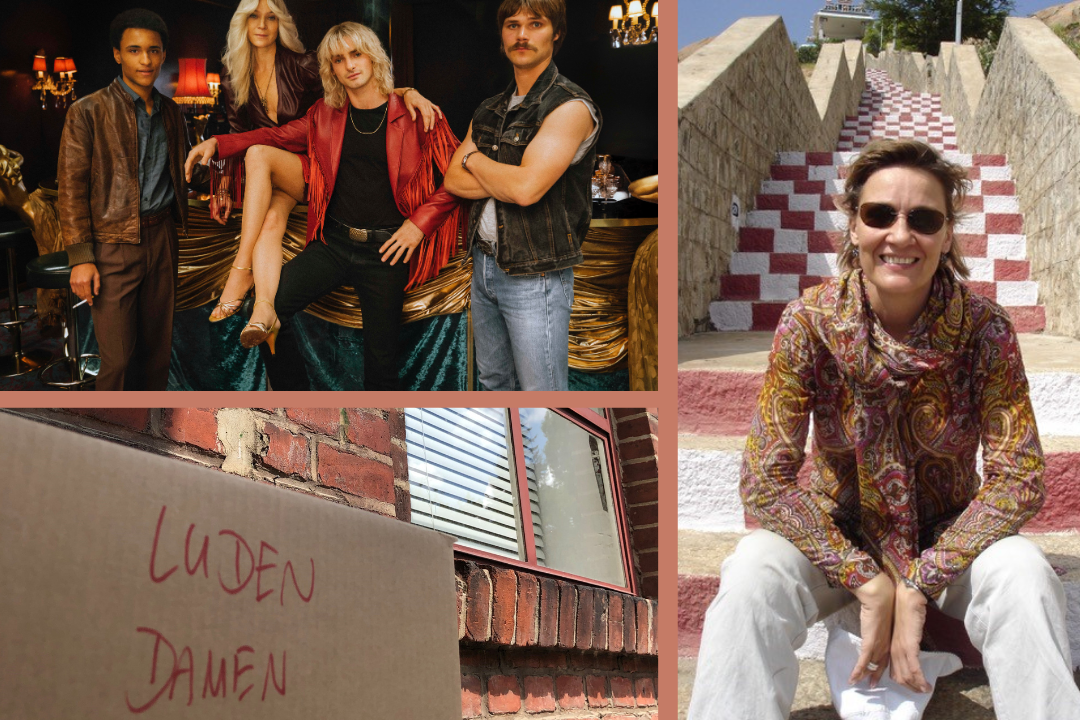Theaterkunst Talk
Gitti Fuchs
The film “Someday We’ll Tell Each Other Everything”, based on the novel by Daniela Krien, has been playing in cinemas since April 13th. Gitti Fuchs and her team are in charge of the film’s costume design. Fuchs, who studied fashion design, has been active in the business since the late 1990s, working first at the theater and since 1997 exclusively for national and international film productions. Her current project was in competition at this year’s Berlinale, and the film “Everyone Else” (winner of the Silver Bear at the 2009 Berlinale) also featured her work as costume designer.
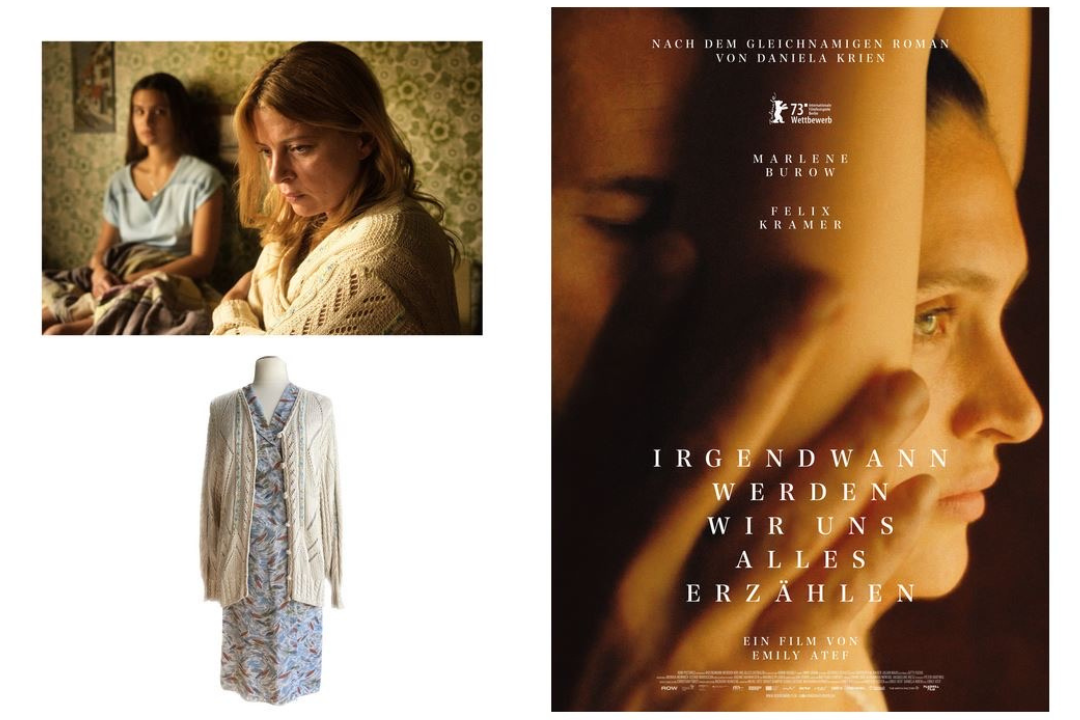
Poster and picture: Pandora Film / Row Pictures
Theaterkunst
Gitti Fuchs
What were your initial thoughts when you received the request for this project?
The screenplay appealed to me right away. Despite the fact that the subject is very touchy in light of the current Me-too debate. But I like how director Emily Atef tells the story of the relationship between a young woman and an older man. I was particularly intrigued by the role of Maria.
Did you envision the characters and costumes while reading the screenplay and the novel? What was your approach to designing the characters, especially the protagonists Maria (Marlene Burow) and Henner (Felix Kramer)?
Since the story is set in a specific time and place, the suitable costumes already followed, to a certain degree, from the screenplay. That’s why casting played such a big role for me. I only understood the character of Henner after reading the novel, which goes into more detail than the screenplay in terms of explaining the character. I immediately had a picture of Maria in my mind. It’s important for me to do very extensive research before I create the roles, regardless of whether I’m dealing with historical or modern characters.
How do you decide whether to put costumes together from a collection or to purchase new ones? Does the issue of sustainability play a big role?
Sustainability is very important to me. I always try to minimize what I buy. That approach has the advantage that used clothing already has a natural patina and a pre-worn look, which is important for a costume. Achieving such a look with new clothes is difficult and is a waste of resources.
You’ve been in the business for a long time, having designed costumes for “Toni Erdmann” and “Everyone Else”, for example. Is there any advice you’d like to pass along to young costume designers? What would you have liked to have known when you started out?
For me, it was important to grow into this job that I love so much – to learn about everything on the set as a costume maker and assistant. That was a real help, and it allowed me to subsequently be well-prepared and confident in doing costume design myself. Anyone who’s interested in the profession should know that it’s not just about creativity, you also have to have a good sense of interpersonal relations and be empathetic towards actors. And you should realize that it can be a backbreaking job with long working hours.
Do you prefer working on contemporary or historical films? And in what time period would your dream project take place?
Until now I’ve done more contemporary costume design. But for me it’s more about the screenplay rather than the time period. That said, I’d really like to do a film that takes place in the second half of the 18th century.
Thank you for taking the time to speak to us. See you soon at Theaterkunst!
Thank you!


